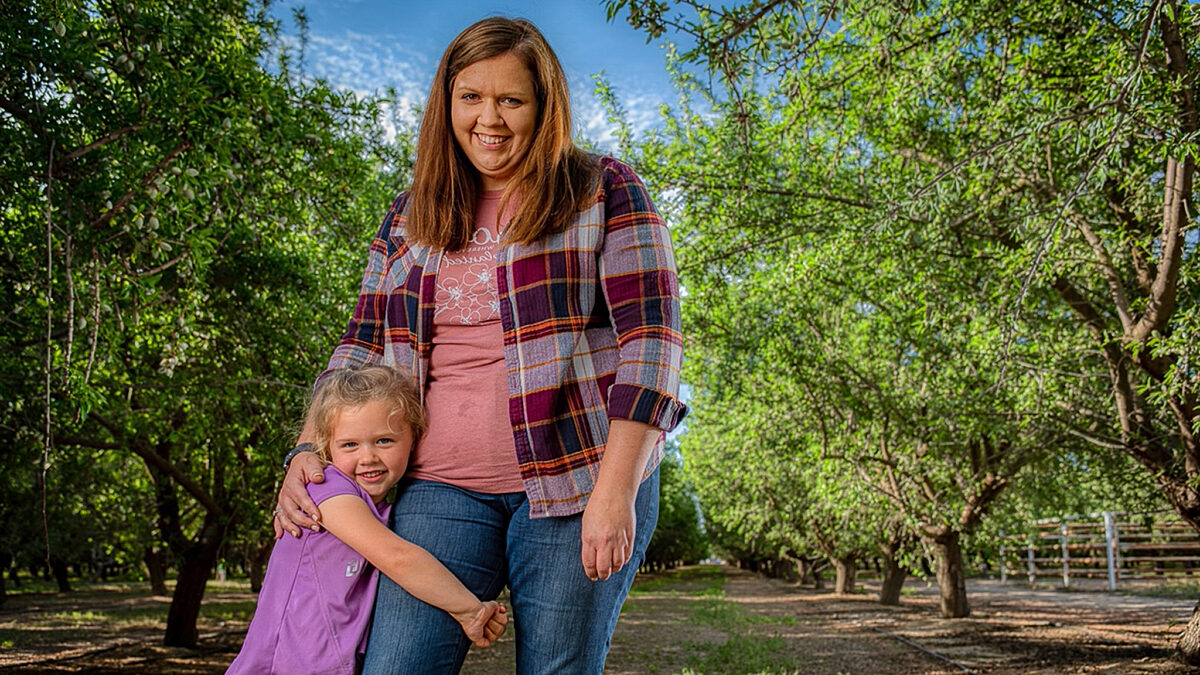America Needs Farms of all Sizes
TOPICS
Family FarmZippy Duvall
President

photo credit: California Farm Bureau, Used with Permission
Zippy Duvall
President
I am amazed by the diversity of agriculture in our nation. From the expansive ranches in the West to small dairies in the Northeast, from the grain farms of the Midwest to the tree fruit orchards in the South, American agriculture is as varied as the regions of our country. And that matters. It matters that we have access to leafy greens year-round. It matters that you can buy fresh apples to fill your pie and butter for the crust. We all rely on farms near and far to keep our pantries full, and we need farms of all sizes to keep our food supply secure.
We have come to take our abundant food supply for granted in our country, and folks off the farm may not think too much about local agriculture other than a trip to the apple orchard or pumpkin patch this time of year. But farmers and Farm Bureau know that our nation’s agriculture relies on a diversity of farm sizes and commodities. The American Farm Bureau is proud to represent farms of all sizes in all 50 states and Puerto Rico. Most of our members come from small- and medium-sized farms. In fact, we poll our voting delegate body—the group of grassroots members that sets our policy—every year, and nearly two-thirds come from small- and medium-sized farms. Ninety-seven percent of them are family farms, and that number tracks right along with USDA statistics for the percentage of family farms in the country. Unfortunately, it’s getting harder for smaller farms to stay in business, and that’s a problem that matters to all of agriculture—big and small.
We have lost tens of thousands of farms across our country in recent years. It’s heartbreaking when any family farm must close, and I hate to think of how many more we could lose in the coming months. As the government shutdown drags on, farmers across the country are left waiting for relief and access to loans to keep growing food for the next season. Smaller farms are also without critical resources from USDA such as market reports that help them plan and local staff to connect them with financial help.
American agriculture is as varied as the regions of our country. And that matters.
Meanwhile, the economic outlook for farm country has gone from bad to worse in the last few years. Farmers were already facing low prices for their crops and high expenses. That has reached a tipping point with some overseas markets lost to ongoing trade disputes. I hear from farmers who are facing heartbreaking decisions, uncertain of how much longer they can hold on. But it doesn’t have to be that way. We can reopen top markets and expand to new ones, and Farm Bureau is urging the administration to do just that without any more delay. We need Congress to find a path forward to reopen the government and get back to work for all the country. And top of the list for business that Congress needs to get done right after the budget: delivering a new farm bill and finally addressing the labor crisis in farm country. None of these are easy tasks—they will take hard work. But farmers don’t shy away from hard work, and neither should our lawmakers.
I know the picture I am painting might look dire, but it doesn’t have to be. These are all challenges that can be tackled. Together, we can help farms of all sizes succeed to ensure America’s ability to be food independent long into the future.
We can find ways to bring young and beginning farmers to the field. And we can innovate to find new ways for farmers to connect with customers and build a brighter future for all of agriculture. That’s why I’m honored to lead our federation of small and large farms raising crops and livestock of all kinds as we work together to achieve these goals. My friends, a bright future for agriculture is absolutely possible. I know the mountains seem tall right now, but we will work together to reach the summit.
Top Issues
VIEW ALL